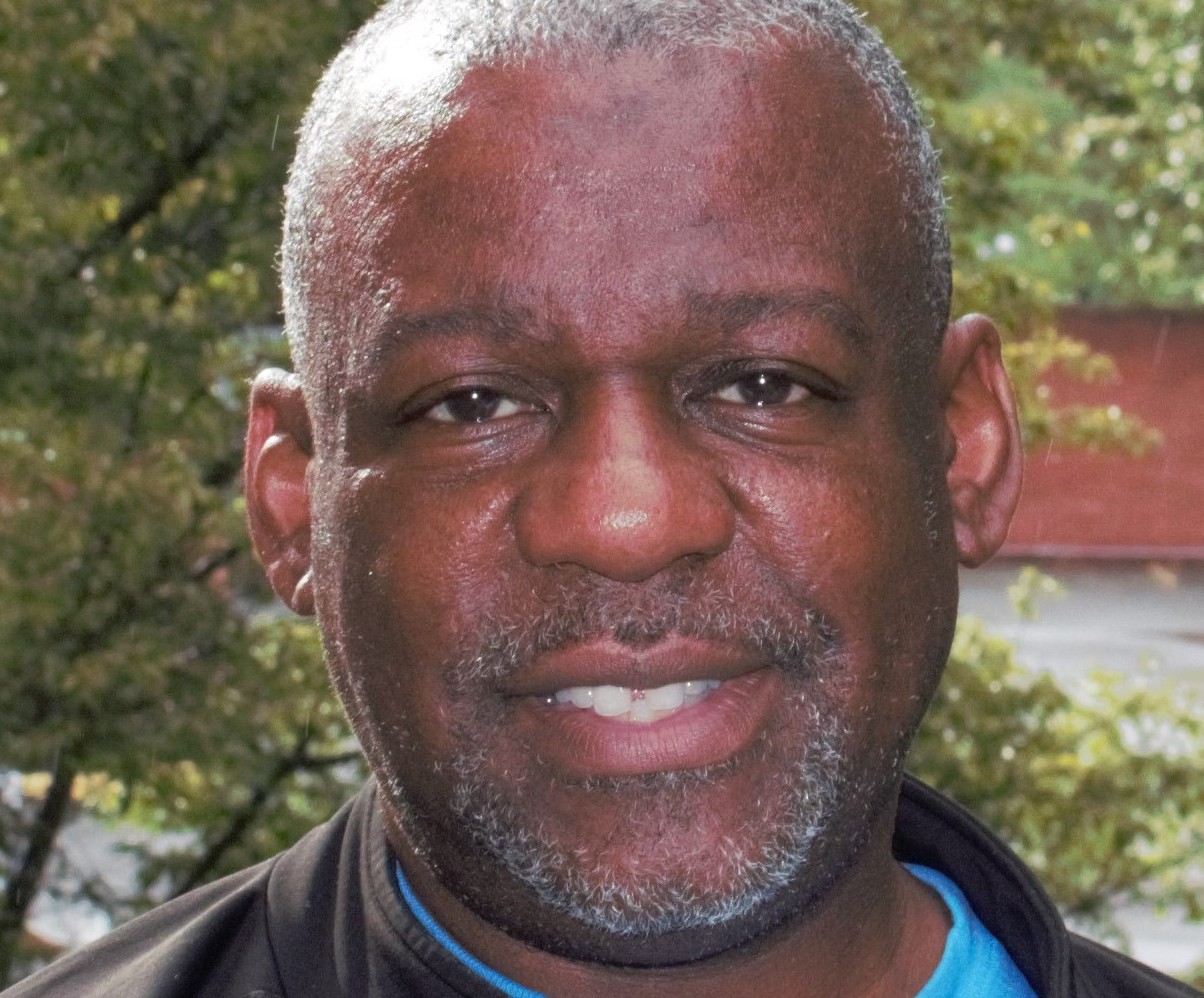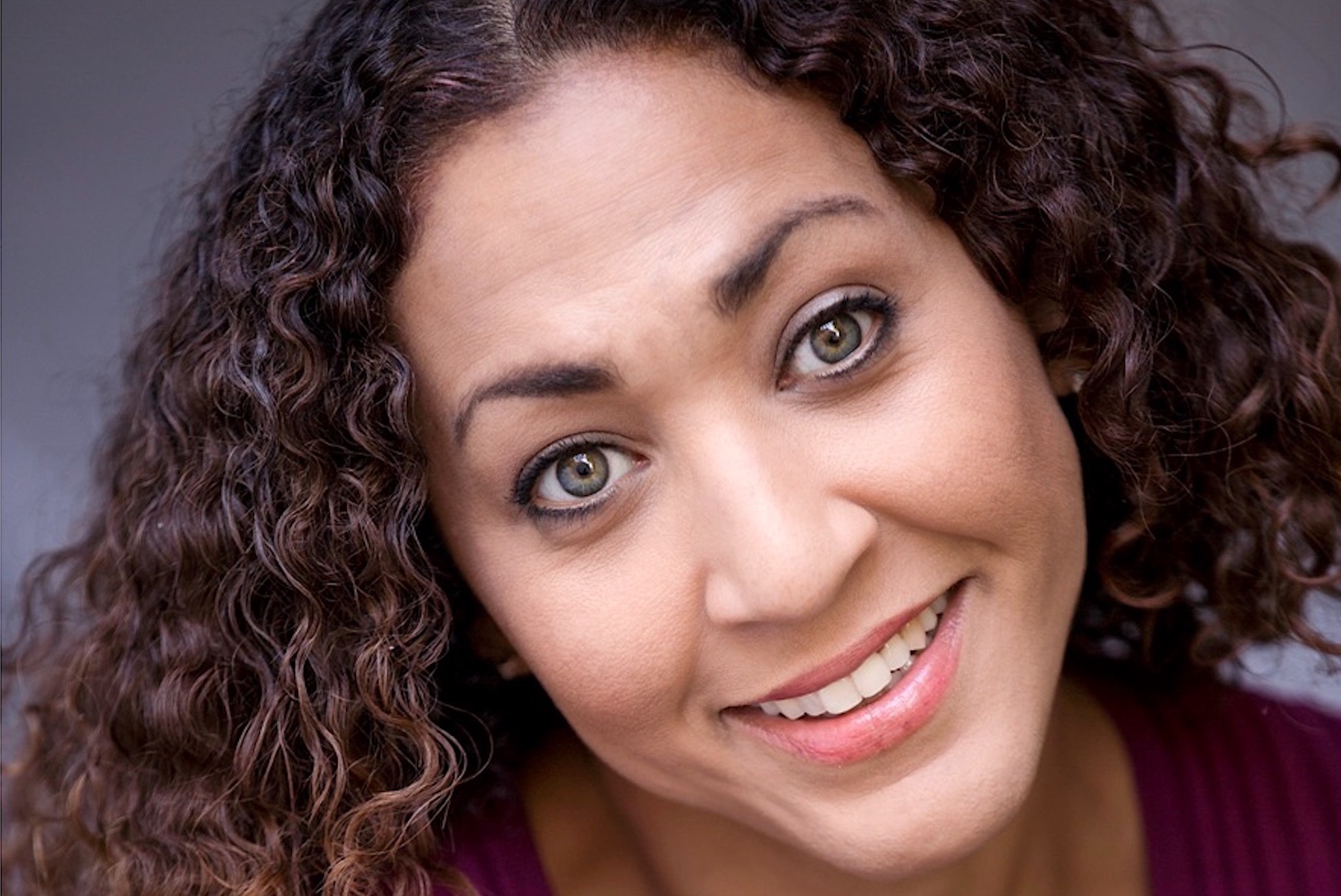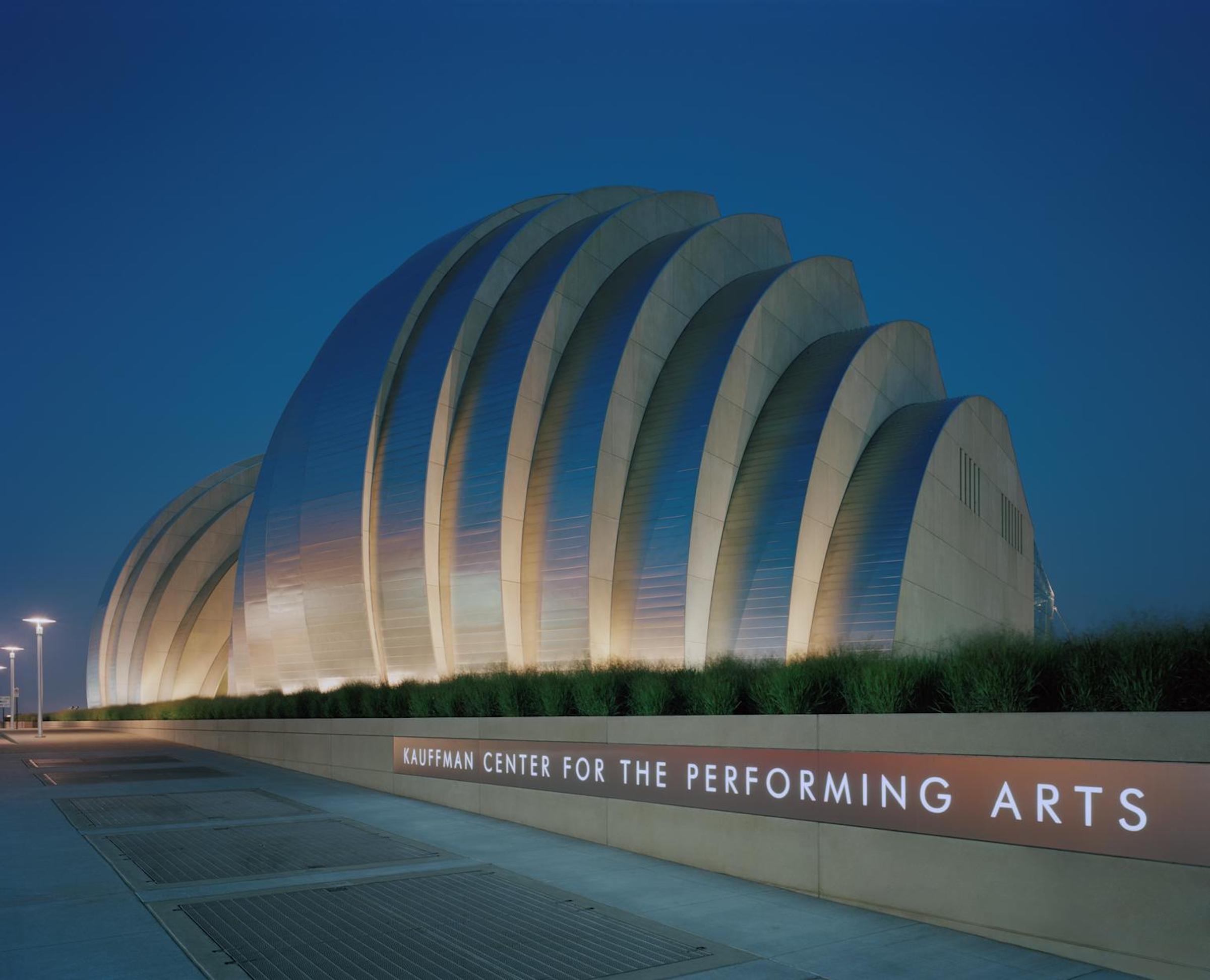IN REVIEW: HARRIMAN SERIES FEATURES ARTIST TO WATCH FOR
Rational Exuberance: Ray Chen’s KC debut showcases substantial interpretive strengths
A classical musician’s devotion to the intentions of composers long deceased often finds itself at odds with the present day’s realities of myriad stimuli and instant gratification. Therefore, it is becoming quite uncommon to encounter performers capable of captivating audiences while simultaneously revering thousands of markings in aging texts. Judging from Ray Chen’s exceptional Helzberg Hall performance on March 11, he stands to join a selective rank of these interpreters. Seamlessly melding his approachable, affable demeanor into masterworks of Mozart, Brahms, Ysaÿe and Saint-Saëns, Chen nonetheless plays with a degree of respect and understanding that is almost non-existent in today’s younger generation of classical performers.
Greeting an excited and curious audience, Chen strode confidently on stage and immediately launched into an exuberant, uninhibited, no-holds-barred interpretation of Mozart’s Sonata for Piano and Violin in B-flat Major. Both he and collaborative pianist Julio Elizalde established their masterful command of tone colors from the outset, fashioning the end of each phrase as delicately as a remnant of Italian lace. The pair overcame some minor balance issues just in time for the second movement, in which Elizalde’s gossamer pianissimi, combined with Chen’s quietly powerful melodic lines, had the effect of hushing the spacious hall utterly. The third movement’s thematic similarities to the overture of The Magic Flute were not lost on the two musicians either, as they reveled in each boisterous, youthful turn of phrase. Transitioning from the unapologetic ebullience of the Mozart to the high drama of Brahms’ Sonata for Violin and Piano no. 3 in D minor proved to be somewhat problematic. As a result, Chen’s playing retained much of the joie de vivre present in the Mozart up until the last movement of the Brahms. This detracted little from the performance, however, since Elizalde managed a foreboding, roiling, thickly ominous atmosphere directly from the outset. A notable highlight of the sonata was Chen’s intensely personal approach to the second movement, which brought to mind the grace and decadence of the bel canto operatic style.
The second half saw Chen return to the stage alone and begin with Bach’s E Major violin partita…or was it in fact Ysaÿe’s second solo violin sonata? Ysaÿe utilizes excerpts and themes from Bach’s partita throughout the first movement, but rarely do performers showcase these unexpected interjections with such a compelling, improvisatory mood – or indeed with as much humor. Chen handled the extreme contrasts between each movement with the facility of an experienced actor, attentively highlighting each of the two melodic lines in the “Malinconia” and adopting the laid-back approach of a cowboy fiddler in “Danse des ombres: Sarabande”. Nevertheless, the final movement (“Les furies”) seemed a bit too genteel and could have benefitted from a fiercer ponticello technique for a grittier sound throughout. Elizalde reunited with Chen for the final two works, both demanding concert-pieces by Camille Saint-Saëns. The lilting qualities and structural contrasts in the Havanaise were handled faithfully, and the Rondo capriccioso benefitted from exquisite timing with just enough ritenuto toward the end to counterbalance the whirlwind finale. As an encore, Chen selected John Williams’ haunting theme from the film Schindler’s List – a subdued, courteous conclusion to an otherwise astoundingly energetic program.
Features

Tyrone Aiken danced prodigiously as a youth, trained at The Ailey School as a young adult, worked as a professional dancer at the height of the New York dance ferment,…

CAROLINE DAHM Dancer, choreographer, producer, master teacher, adjunct dance professor at The UMKC Conservatory, assistant director at Wylliams/Henry Contemporary Dance Company What I love about the Kansas City performing-arts scene: Kansas…

It’s difficult to remember what the Kansas City skyline looked like 20 years ago, before the Kauffman Center for the Performing Arts began to take shape at 16th and Broadway.…







